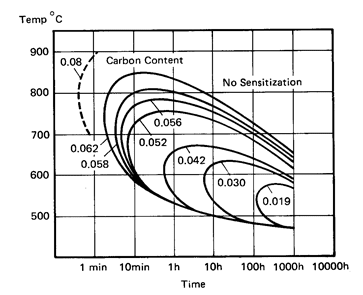shsaeidian
Materials
- Jun 16, 2021
- 1
is there any standard, code, or reference for Permitted temperature for bending 304 Stainless Round Bar?
in the below thread has been mentioned that temp. should not go above 800F, is there a reference for this temp.?
thread367-249230
in the below thread has been mentioned that temp. should not go above 800F, is there a reference for this temp.?
thread367-249230

